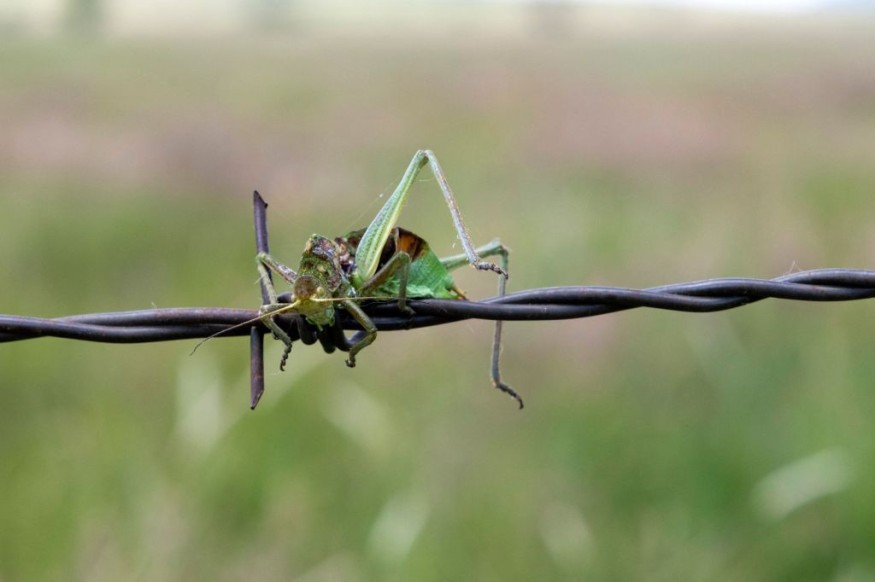Insect genomes have long been thought to be mediocre compared to their counterparts in the Animal Kingdom, especially with mammals and other insects. This comparison is mainly based on the size and complexity of a particular species. The said notion has been the case but not until scientists found that the largest insect genome belongs to a grasshopper.
Now, a new study led by researchers from Germany and the Czech Republic proved wrong the existing idea that insect genomes are comparatively small and less complex than larger animals. The study highlights that the size of a genome does not always dictate the structure of its host species. Furthermore, the findings contribute to the field of molecular biology and genetics.
In the field of genomics, scientists define a genome as a living organism's complete genetic information or its complete DNA set. Considering the new research paper, the scientific team involved in the discovery of the giant insect genome is hopeful that exploring this area could also gain insight when it comes to function of human genomes.
Largest Insect Genome

The findings about the largest insect genome was published in the journal PLOS ONE in March, wherein researchers at the Leibniz Institute for the Analysis of Biodiversity Change in Germany and the Czech Academy of Sciences clarified the long-held notion about insect genomes.
The grasshopper species in question is called the speckled buzzing grasshopper (Bryodemella tuberculate), which is under the subfamily Oedipodinae and is typically found in the central and northerns parts of Europe. The research team involved in the study said it is among the rarest with a small population located along the river banks in the Alps mountains.
The habitat of B. tuberculate is already threatened despite forming for thousands of years due to constant change brought about by the natural activities of its mountain rivers. Not evident to the naked eye, the study views the genome size and the immediate environment to be possibly related.
Also Read: Housefly Could Improve Human Health
Comparative Genome Analysis

The adaption to the changing environmental conditions has potentially resulted in genetic diversity and led to the large genome sizes, as hypothesized by Oliver Hawlitschek, head of the Hamburg LIB genetics laboratory, as cited by Phys.org.
The assertion was made by measuring the genomes of 50 species using flow cytometry technology to investigate variability in related grasshopper species. The results showed B. tuberculate has the largest genome, dethroning the previous record holder called the Asian desert cricket (Deracantha onos)
Hawlitschek acknowledged a more accurate conduction of sequence-based genomic analyses can lead to further understanding of the evolutionary mechanisms behind genome sizes.
The specific biological mechanism or factor that made the grasshopper species to have the largest insect genome remains a mystery.
In general, grasshoppers are herbivores, consuming plants and other kinds of vegetation. They can also evade threat due to their ability to jump at long distances, according to the National Park Service (NPS).
© 2025 NatureWorldNews.com All rights reserved. Do not reproduce without permission.




